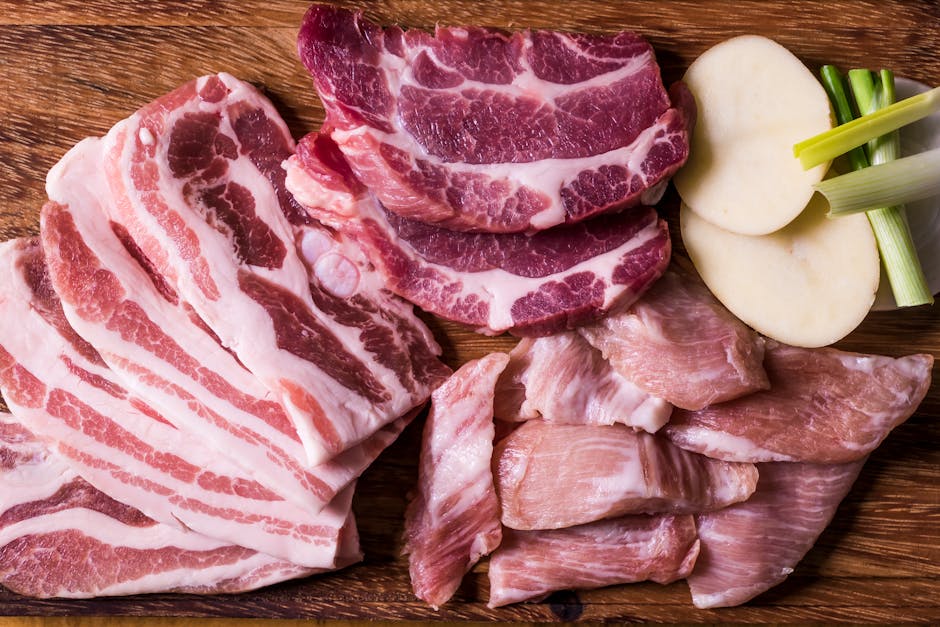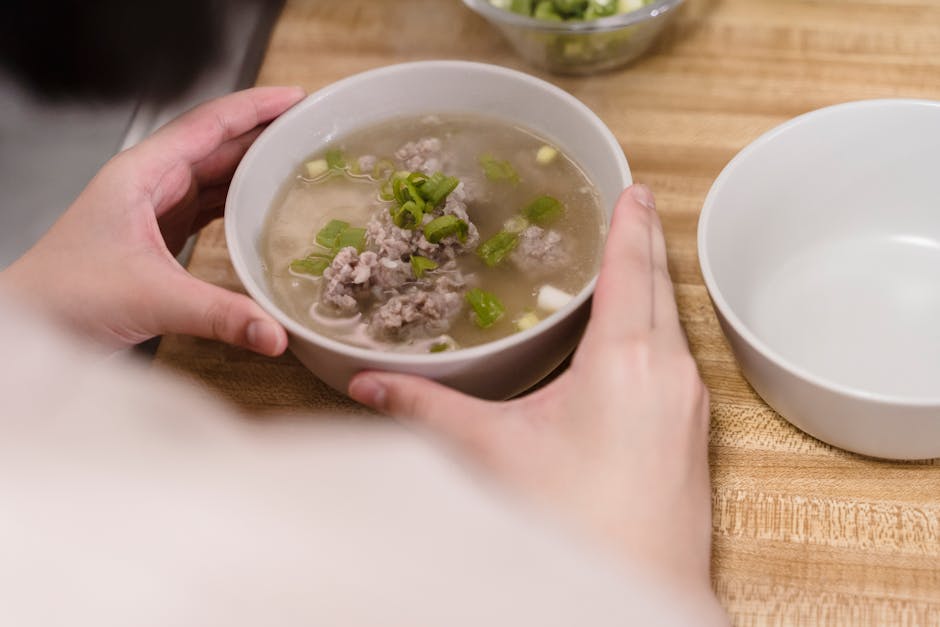Mastering Pork Shoulder Temperature: Your Guide to Perfectly Cooked Pulled Pork
Pork shoulder, also known as Boston butt (despite not actually coming from the butt), is a popular choice for delicious and tender pulled pork. However, achieving that melt-in-your-mouth texture requires a deep understanding of pork shoulder temperature. This comprehensive guide will take you through everything you need to know, from safe cooking temperatures to achieving the perfect pull, no matter your chosen cooking method.
Understanding Safe Pork Shoulder Temperatures
Food safety is paramount. The USDA recommends cooking pork shoulder to an internal temperature of 145°F (63°C) as measured by a food thermometer inserted into the thickest part of the meat. This ensures that any harmful bacteria are eliminated. However, simply reaching 145°F doesn’t guarantee the tender, juicy pulled pork you crave. We’ll explore why shortly.

Why 145°F Isn’t Enough for Pulled Pork
While 145°F ensures safety, pork shoulder benefits from a longer cooking time at lower temperatures. This allows the collagen in the meat to break down, resulting in incredibly tender and juicy pulled pork. The extended cooking time, often resulting in temperatures reaching the 190-205°F range (88-96°C), is crucial for achieving the desired texture.
Cooking Methods and Temperature Considerations
Pork shoulder lends itself well to various cooking methods. Each method requires a slightly different approach to temperature management.
Slow Cooking (Crock-Pot or Instant Pot)
Slow cookers are ideal for achieving perfectly tender pulled pork. The low and slow cooking process breaks down the connective tissue, resulting in fall-apart meat. While the initial internal temperature doesn’t need to be monitored as closely, aim for a final internal temperature of at least 190°F (88°C) for optimal tenderness. Using a meat thermometer is still essential to ensure the pork reaches a safe internal temperature.
Smoking
Smoking imparts a delicious smoky flavor to the pork shoulder. The cooking process is slower than other methods, often taking 12-16 hours or even longer. Monitor the temperature carefully, using a reliable meat thermometer. Aim for an internal temperature of 195-205°F (91-96°C) for tender, juicy, and flavorful pulled pork. The stall, a period where the temperature plateaus, is common in smoking. Be patient and let the process continue until the desired temperature is reached.
Roasting (Oven)
Roasting in the oven is a faster alternative to smoking. The ideal temperature for roasting a pork shoulder is typically between 300°F and 325°F (150°C and 160°C). This method requires consistent monitoring to prevent overcooking. Use a meat thermometer to check the internal temperature, targeting 190-200°F (88-93°C) for optimal tenderness.
The Importance of a Meat Thermometer
A reliable instant-read meat thermometer is indispensable for cooking pork shoulder. Visual cues are unreliable; only a thermometer provides an accurate reading of the internal temperature. Invest in a good quality thermometer and learn how to use it correctly. The thermometer should be inserted into the thickest part of the meat, avoiding bone or fat.

Troubleshooting Common Pork Shoulder Problems
Even experienced cooks encounter challenges. Here are some common problems and solutions:

The Stall
The stall is a phenomenon that occurs during smoking or slow cooking where the internal temperature of the pork shoulder plateaus. This is due to the evaporation of moisture. Don’t panic! Simply continue cooking; the temperature will eventually rise. Wrapping the pork shoulder in butcher paper or foil can help overcome the stall by trapping moisture.
Dry Pork Shoulder
Dry pork shoulder is often the result of overcooking. Use a meat thermometer to ensure you don’t exceed the desired temperature range. Consider wrapping the pork shoulder during the last part of the cooking process to retain moisture.
Tough Pork Shoulder
Tough pork shoulder is typically caused by undercooking. Ensure the internal temperature reaches at least 190°F (88°C) to allow the collagen to fully break down. If your pork shoulder is still tough after cooking, shredding it and adding a flavorful sauce can improve the texture.
Tips for Perfect Pulled Pork
- Choose a good quality pork shoulder: A well-marbled shoulder will result in more flavorful and juicy pulled pork.
- Trim excess fat: While some fat is beneficial, trimming excess fat will prevent excessive grease.
- Season generously: Use a dry rub or marinade to enhance the flavor of your pork shoulder.
- Use a slow and low cooking method: This ensures the collagen breaks down, resulting in tender pulled pork.
- Rest the pork shoulder before shredding: Allow the pork shoulder to rest for at least 30 minutes before shredding to allow the juices to redistribute.
Conclusion
Mastering pork shoulder temperature is key to creating mouthwatering pulled pork. By understanding safe internal temperatures, employing the right cooking method, and using a meat thermometer, you can consistently achieve tender, juicy, and flavorful results. So, fire up your smoker, slow cooker, or oven, and get ready to impress your friends and family with your perfectly cooked pulled pork!

